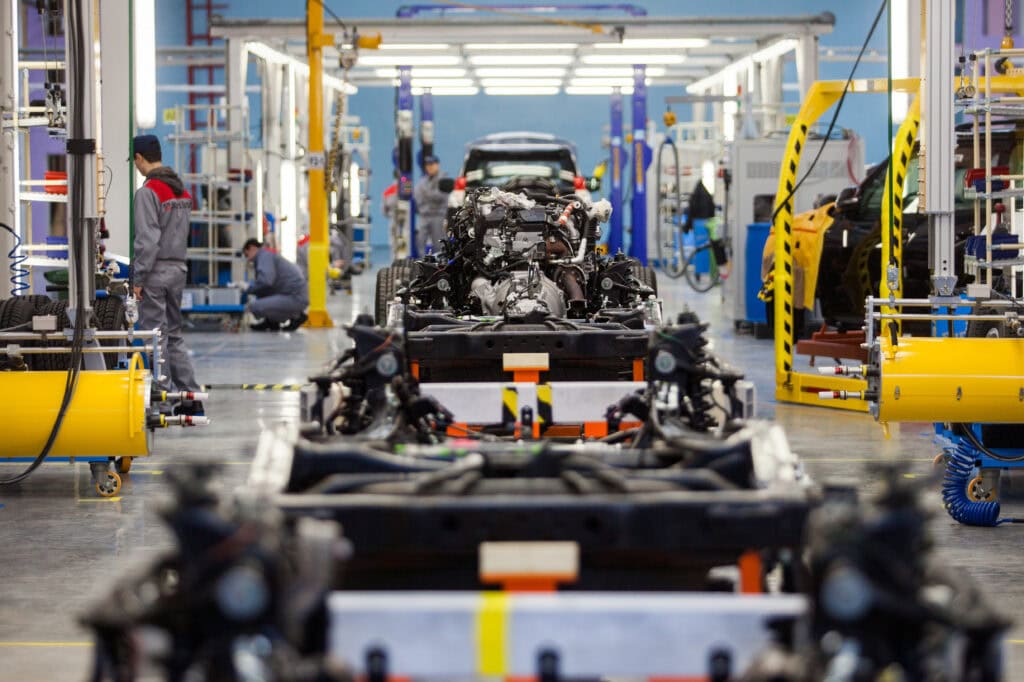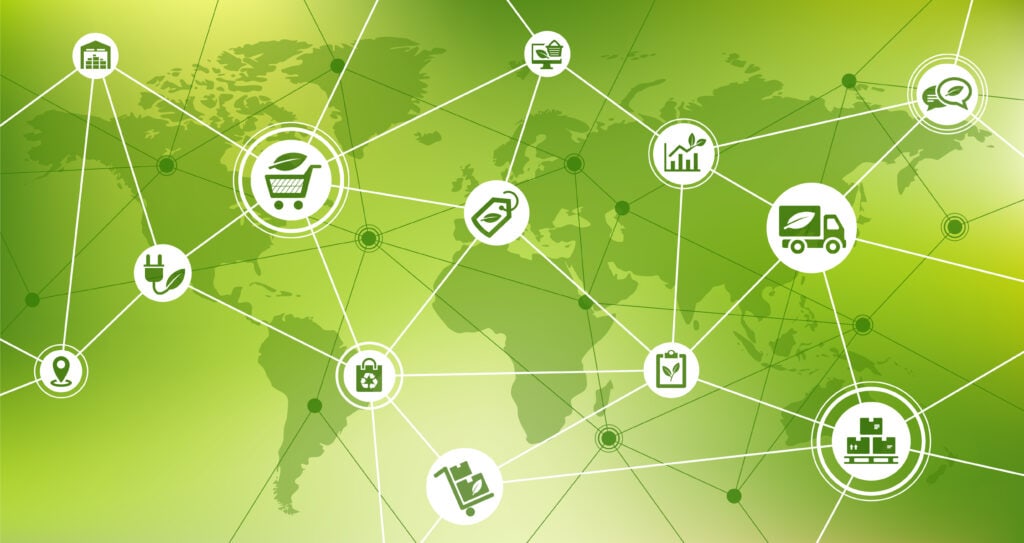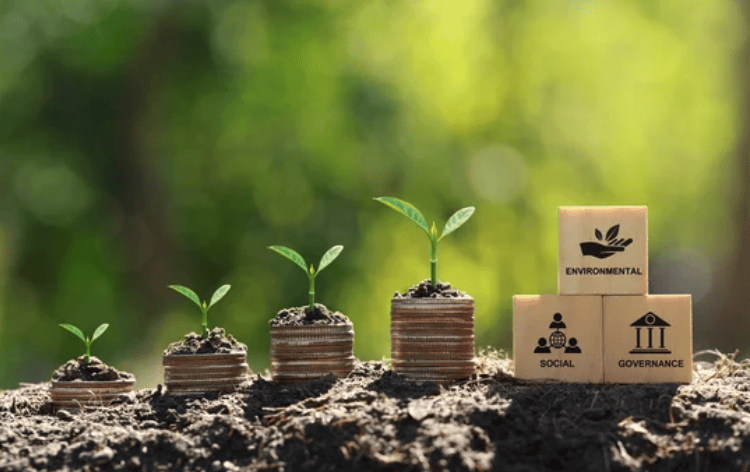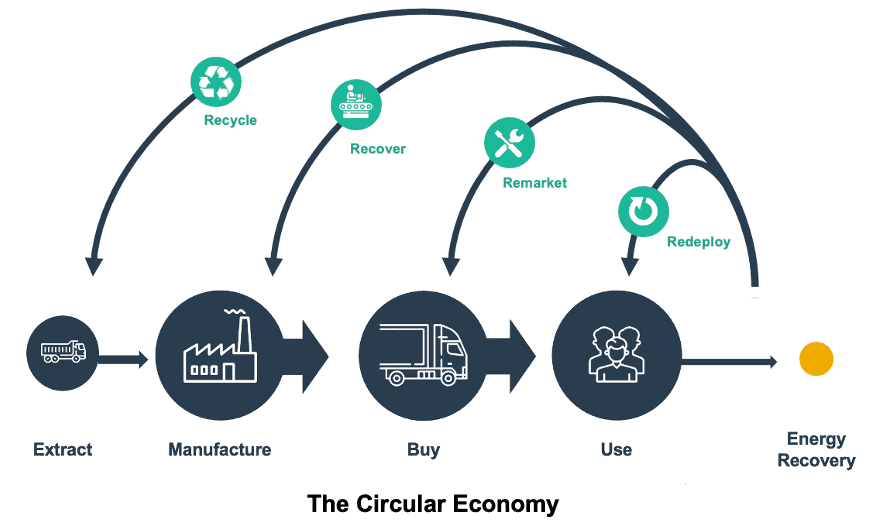Articles
Green Landscape: Supply Chain Sustainability

Auto Supply Chains: Pinpointing the Commercial Case for Sustainability
Pinpointing and quantifying the commercial case for green initiatives in the automotive industry is tricky. To sharpen sustainability planning, try this modeling technique: Treat environmental performance as a product feature, one of many that customers consider when making purchasing decisions.
Read More
How Procurement Can Prepare for the Inevitable, Sustainable Future
To meet sustainability initiatives, chief procurement officers must untangle a complex web of global supply chains, dizzying individual country standards, and more. Here are the four major challenges and how they can tackle them:
Read More
Carbon Output Is Spiking Amid Red Sea Supply Chain Crisis. What Are You Going to Do About It?
Another sustainability crisis is brewing in the global supply chain. Ongoing attacks on container ships in the Red Sea by Iran-backed Houthi rebels have caused major shipping companies and oil/gas firms to suspend shipments through the Suez Canal, one of the most active shipping routes in the world. As a result, vessels are forced on […]
Read More
What’s the Key to Reaching Net Zero? Data Collection
Brands can reach their carbon goals by working better with suppliers. Let’s stop bombarding them with requests for information and instead encourage them to participate.
Read More
The Fast Fashion Fallout: The Circular Economy and the Future of Sustainability in the Fashion Industry
It’s no secret the fashion industry is a top contributor to global textile waste. Every year, millions of tons of textiles are incinerated or placed in landfills where they take hundreds of years to decompose. Fortunately, there is hope as sustainability becomes a priority among young consumers.
Read More
Greening the Last Mile
Last-mile delivery—the end stage of delivery from a pickup point or sortation center to a package’s final destination—is the most expensive aspect of the supply chain, from high fuel costs and address location to labor and first delivery failure. It also has the highest environmental impact of any other part of the supply chain.
Read More
The Coming Wave of ESG Reporting Regulations: How Should Businesses Prepare?
The goal is to showcase ESG data that can withstand the scrutiny of not just regulators, but all stakeholders who will use it to make comparisons among companies in the way they do with financial data today. The time to take action is now.
Read More
5 Ways to Strengthen and Future-Proof Your Supply Chain
In recent years, environmental, social, and corporate governance (ESG) practices have become a critical aspect of any company’s reputation and success. Consumers don’t care just about what they are purchasing; they also care about how the product or service gets to them. For instance, an Edelman study shows 64% of consumers worldwide will buy or boycott a brand solely because of its position on a social or political issue.
Read More
Sustainability Regulations Call for Increased Visibility
Businesses have become more attuned to social and environmental issues, and it is not just because they believe it’s the right thing to do.
Read More
Cut Carbon Emissions With Multi-Modal
The transportation industry is responsible for almost 30% of total U.S. greenhouse gas emissions, making it the largest contributor in the country. It’s also one of the largest opportunities for improvement. While many worry that going green might be expensive, sustainability and cost savings go hand in hand for shippers. Moving freight with a mix […]
Read More
The Road to the Circular Economy
As the world realizes that the linear economy is unsustainable, companies are under pressure by regulations, investors, consumers, and employees to lower their carbon footprint and transition to a circular economy.
Read More
Saving Green While Going Green
Commercial operators around the globe—not just those in the supply chain—are currently grappling with a new reality. Gone are the days when businesses could solely worry about dollars and cents; now business leaders need to consider the environment and how their business is impacting it.
Read More
Healthier Planet = Healthier Bottom Line
Supply chains have a massive impact on the earth’s air, land, and water ecosystems, accounting for 5.5 times the emissions of a company’s direct operations, according to CDP.
Read More
Four Ways Reusables Benefit the Circular Economy
The consumer-packaged goods (CPG) supply chain is changing. From faster, more frequent deliveries to specialty packaging, the way goods are handled and delivered has adapted and evolved. But change can come with consequences and the amount of packaging waste due to e-commerce has skyrocketed.
Read More
Tech Can Turn Your Supply Chain Into a Well-Oiled Green Machine
The majority of your customers want to make their consumption habits more sustainable and their loyalty will only go so far if your brand doesn’t adapt. Despite growing demand for sustainable products, and consumers who value green practices over the green in their wallets, CPG brands are falling short. If they want to succeed, smart […]
Read More
Operating a Purpose-Driven Supply Chain
Leading with purpose creates an impact that resonates across a business—including employees, customers, partners, and shareholders. It can often be a complicated process, but it doesn’t need to be. For global brands that source raw materials, move products through global supply chains across borders, and ultimately deliver a product or experience to a customer, understanding […]
Read More
The Supply Chain World is Not Flat
The idea that supply chain and logistics networks aren’t linear is not new, and neither is the concept of the circular economy. In our globalized world, the value chain has gotten much more complicated and difficult to manage, with many more variables now part of the equation. Add in the fact that the globe’s resources […]
Read More
How Reduced Packaging Waste is Key to Sustainability
Aiming for a green supply chain not only reduces costs but also is socially responsible. Shippers are turning to innovative solutions to reduce packaging waste and emissions as key components of their sustainability efforts. More customers than ever choose to purchase from sustainable companies. In fact, 91 percent of global consumers expect companies to do […]
Read More
How to Grow a Green Supply Chain
Sustainability impacts everything from how companies approach product design all the way through to customer delivery. In today’s competitive environment, sustainability must improve profitability and reduce risk. An industry standard for what constitutes a sustainable supply chain does not exist. Is being eco-friendly in transportation or manufacturing enough to qualify your company as green? As […]
Read More
5 Ways Your TMS Can Help You Go Green
Some of the most common reasons to implement a Transportation Management System (TMS) include automation, visibility, and optimization, all of which can lead to reduced costs and greater efficiency. However, a TMS also has the ability to help you be more environmentally responsible. Sustainability matters to businesses and individuals—both in terms of what they buy […]
Read More